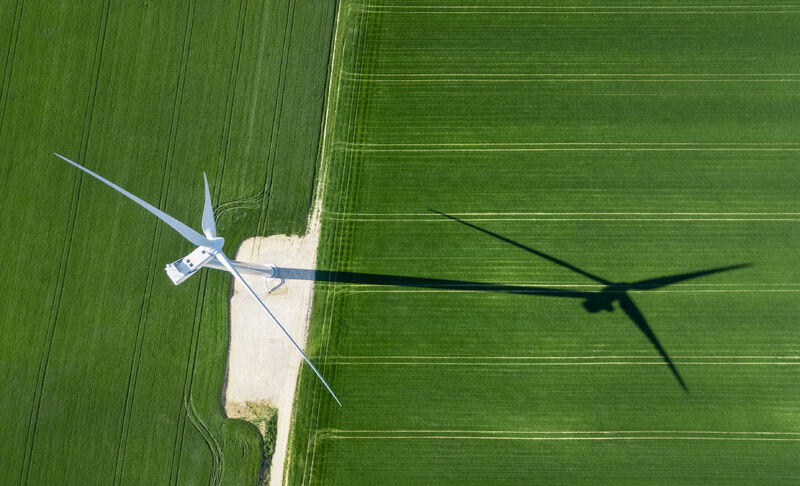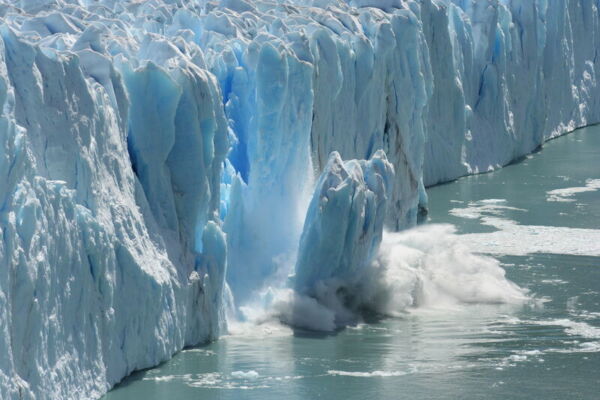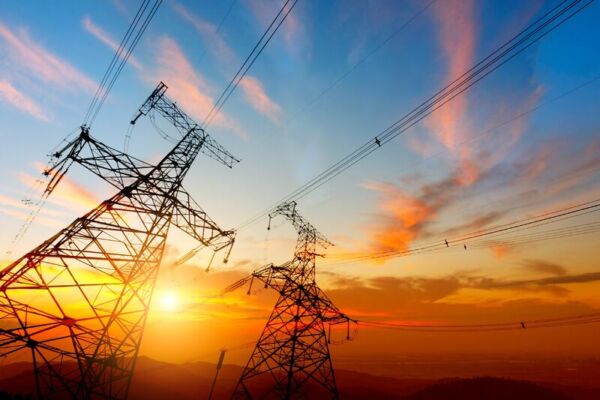The 2020s are not the first time the world, or Europe in particular, has been affected by an energy crisis. As far back as the mid-eighteenth century, Great Britain suffered a severe shortage of wood. Wood served as the primary source of fuel to heat homes, as well as for construction purposes. Due to increasing reliance on it, the natural resource could no longer keep up with human demand, and thus an energy crisis ensued.
The 1973 Oil Embargo surfaced with another resource shortage. The downturn was a result of the Organization of Arab Petroleum Exporting Countries (OAPEC) refusing to sell oil to Western countries, causing the price to almost quadruple. A similar geopolitical cause underlies our current energy crisis.
Supporting climate protection and independence
Despite growing awareness of climate change, a large part of the world’s energy needs is still being met by fossil fuels. This might not come as a surprise, given that companies, industries, and even countries have historically been built on the back of these energy sources. Ultimately, the biggest barrier in the transition to green alternatives are the cost, logistical challenges, and the extra effort it takes to break out the old habits.
However, crises like the 1973 Oil Embargo make it obvious that the world will not be able to move along the same energy supply paths in the near future. Today, many European countries heavily depend on Russia as their supplier of natural gas and solid fossil fuels. As a result, many Western countries had to change their energy supply virtually overnight when the geopolitical situation heated up.
One way of resolving this issue is by switching to renewable energies. They offer independence, cannot be depleted, and have the ability to supply a continuous source of clean energy — without harming the environment.
This […] “never let a good crisis go to waste approach”, […] clearly has merits. Western governments have signed up to net zero carbon targets, and here’s a way of accelerating progress. Instead of relying on Russian gas, countries in the west should be building up their own cleaner, greener forms of energy.
For this approach, the Global Wind Energy Council (GWEC) has presented a five-point plan that the wind industry can use to help address both the energy and climate crisis.
Five steps and a giant leap for mankind
1. Urgently streamline the permitting process
In order for wind capacity to expand properly in the coming years, global permitting processes need to be reassessed. If permits were simplified, stakeholders could enjoy more competitive energy prices, greater investment, increased energy security and independence, more jobs – therefore advancing the achievement of climate goals.
2. Establish an action plan for grid access
Governments must be strategic in formulating detailed plans for grid expansion and more energy from renewable sources.
3. Accelerate investment procedures
The market needs more investors to expand wind energy. Governments need to simplify pricing and clean energy procurement mechanisms to facilitate the process.
4. Avoid fossil fuel lock-in
Temporarily relying on fossil fuels to address the current energy crisis should only serve as a short-term solution, as not to resort back to old habits. This would be inconsistent with long-term energy security, affordability, and climate goals.
5. Commit to energy transition milestones
The positive effect of the energy transition on security, independence, and saving our planet cannot be argued. To avoid losing sight of this goal, governments should commit to firm targets so that the renewable energy industry can plan for healthy supply chain development. This includes minimizing trade barriers for green technologies.



